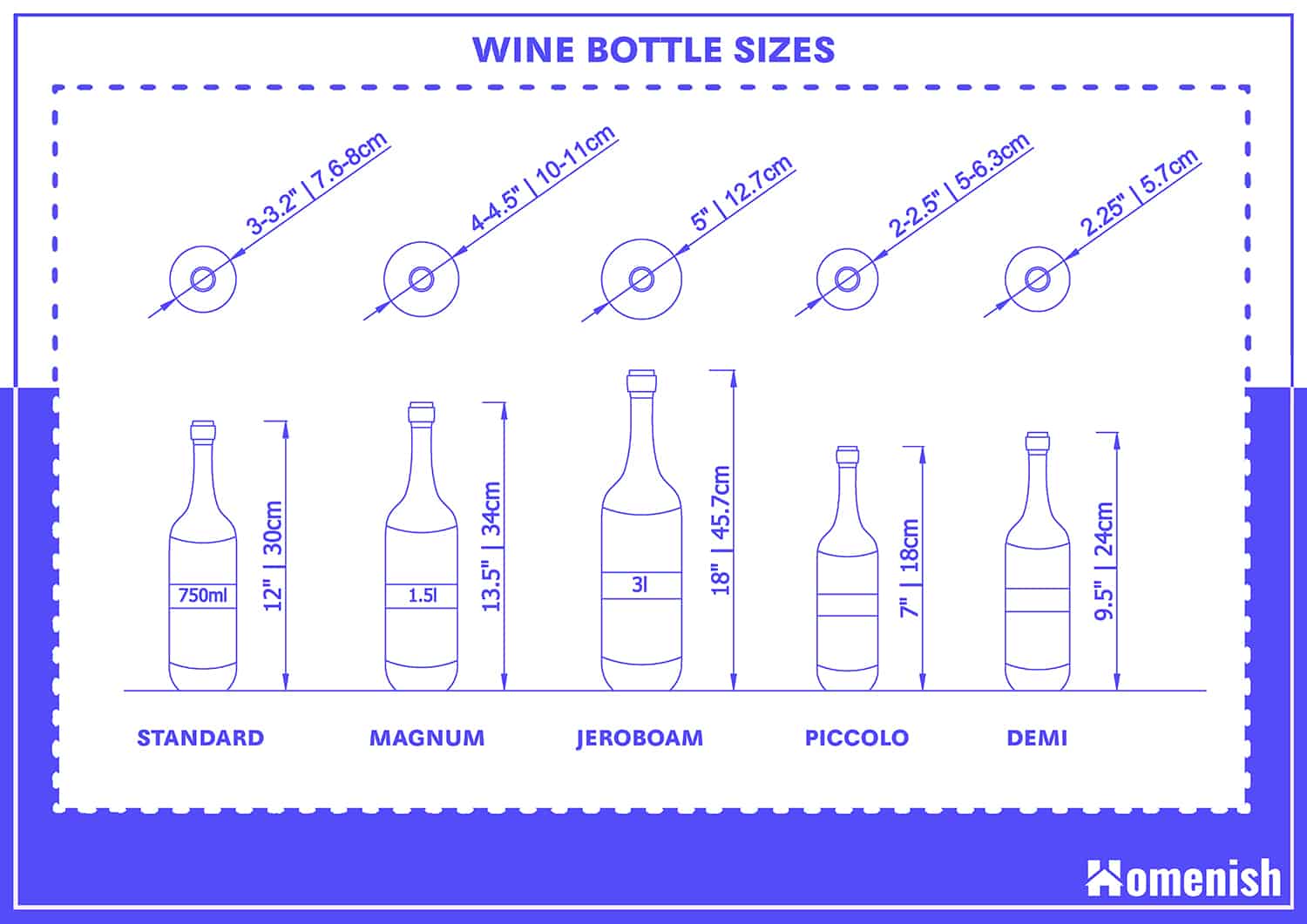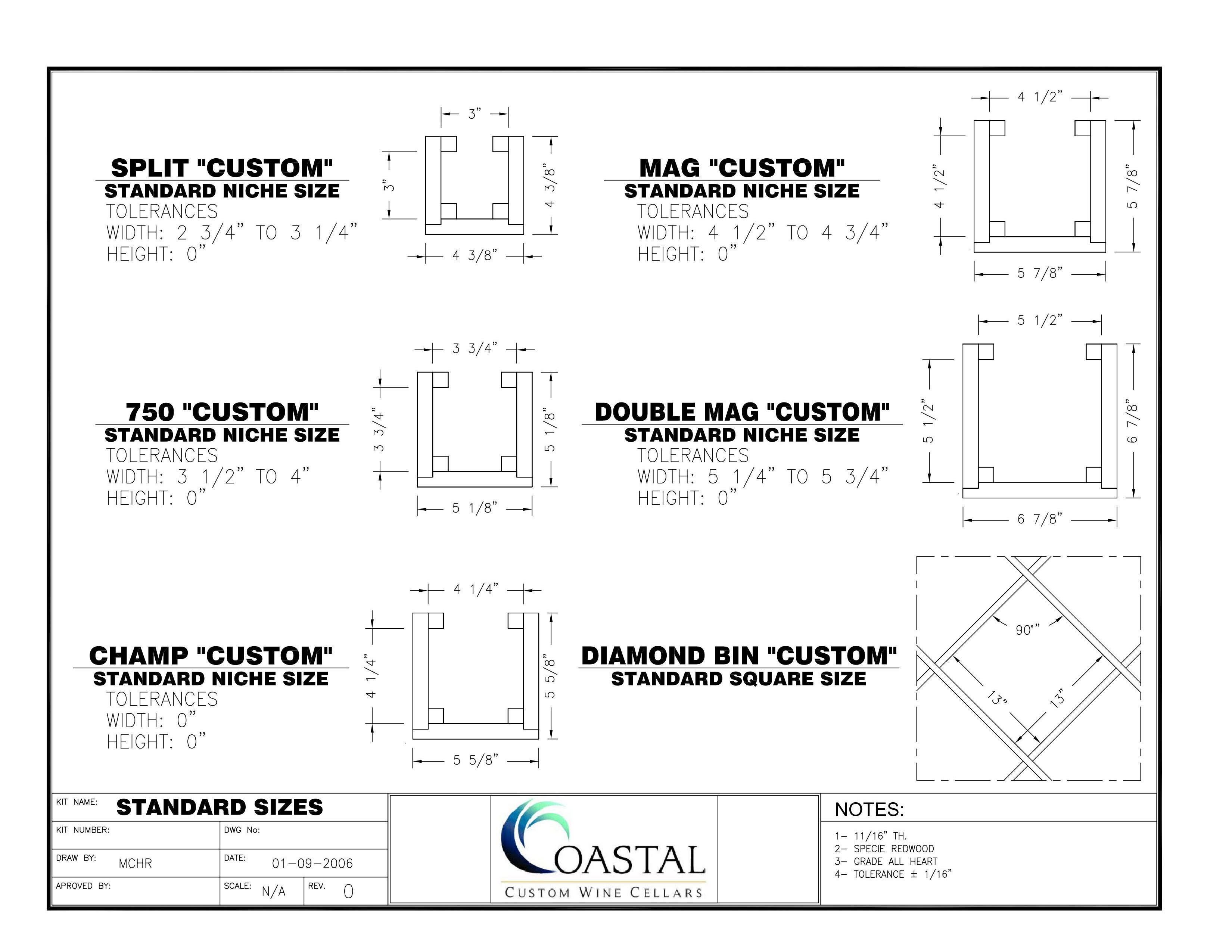Standard Wine Rack Cabinet Dimensions and Variations

The dimensions of a wine rack cabinet are crucial, dictating not only its aesthetic appeal but also its functionality and storage capacity. Choosing the right size depends on several factors, including the number of bottles you intend to store, the types of bottles (considering variations in size and shape), and the available space in your home. Understanding these dimensions is key to selecting or designing a wine rack that perfectly complements your needs and style.
Standard Wine Rack Cabinet Dimensions and Storage Capacity
The following table Artikels common dimensions for wine rack cabinets designed to hold varying numbers of bottles. These are approximate measurements, and actual dimensions may vary slightly depending on the manufacturer and design. Remember that these dimensions assume standard 750ml wine bottles. Larger bottles will require adjustments.
| Storage Capacity | Height (inches) | Width (inches) | Depth (inches) |
|---|---|---|---|
| 12 Bottles | 24-30 | 12-18 | 12-15 |
| 24 Bottles | 30-36 | 18-24 | 12-18 |
| 72 Bottles | 60-72 | 24-36 | 18-24 |
Built-in Versus Freestanding Wine Rack Cabinets
Built-in wine rack cabinets are typically custom-designed to fit seamlessly into a specific alcove or space within a kitchen or dining area. They often offer a more integrated and aesthetically pleasing solution, maximizing space utilization. A built-in unit might have dimensions tailored to a 36-inch wide alcove, reaching from floor to ceiling (perhaps 84 inches high) with a depth of 18 inches, accommodating dozens of bottles.
Freestanding wine rack cabinets, on the other hand, are self-contained units that can be placed anywhere in a room. They offer greater flexibility in terms of placement but might not always integrate as smoothly with existing décor. A typical freestanding unit might measure 36 inches high, 24 inches wide, and 15 inches deep, holding approximately 30-40 bottles, depending on the bottle arrangement and rack design.
Impact of Bottle Size Variations on Cabinet Dimensions
The size and shape of wine bottles vary significantly. Bordeaux bottles, for instance, are taller and slimmer than Burgundy bottles, which are shorter and wider. Champagne bottles are taller and require more vertical space. These variations must be considered when determining cabinet dimensions. A rack designed for Bordeaux bottles might not accommodate Burgundy bottles efficiently, and vice versa. To ensure proper fit, it’s essential to measure your bottles and choose a cabinet with appropriate dimensions or spacing. For example, a cabinet designed to store mostly Bordeaux might have narrower shelves, while a cabinet for Burgundy might have wider ones.
Countertop Wine Rack Cabinet Design
A small countertop wine rack cabinet, ideal for a small apartment or bar area, could measure approximately 12 inches high, 18 inches wide, and 12 inches deep. This compact unit could hold around 6-12 bottles, depending on the design. The materials could include solid wood (like oak or mahogany) for a classic look, or sleek stainless steel for a modern aesthetic. A glass front would showcase the wine collection while protecting it from dust. The internal configuration would utilize angled shelves or slots to securely hold bottles in place.
Factors Influencing Wine Rack Cabinet Dimensions

The dimensions of a wine rack cabinet are not arbitrary; they are a careful balance of aesthetics, practicality, and the specific needs of the wine collection it’s intended to house. A poorly planned cabinet can lead to cramped storage, difficulty accessing bottles, or even damage to the wine itself. Understanding the factors that influence these dimensions is crucial for creating a truly functional and elegant wine storage solution.
Wine Bottle Quantity and Cabinet Size, Wine rack cabinet dimensions
The most fundamental factor determining cabinet size is the number of bottles it needs to accommodate. A small collection of a few dozen bottles will require a significantly smaller cabinet than one designed to hold hundreds. For instance, a cabinet designed for 50 bottles might be compact enough to fit in a kitchen corner, while a 200-bottle cabinet would likely demand a dedicated space, perhaps in a basement or wine cellar. Accurate estimations of bottle count are paramount; overestimating leads to wasted space and potentially unnecessary expense, while underestimating could leave you needing a second cabinet sooner than expected. Consider future expansion; it’s wiser to slightly overestimate storage needs to avoid future disruptions.
Horizontal versus Vertical Wine Bottle Storage
Horizontal and vertical storage methods impact cabinet design differently. Horizontal storage, the classic method, requires a cabinet with deeper shelves to accommodate the length of the bottle, lying on its side. This allows for the cork to remain moist, preventing it from drying out and spoiling the wine. Imagine a cabinet with shallow, wide shelves, each holding a row of bottles nestled horizontally; the overall depth of the cabinet will be substantial. Vertical storage, on the other hand, uses less depth, stacking bottles upright. Picture a cabinet with narrow, tall shelves, allowing for a taller, but less deep structure. While vertical storage saves space in terms of depth, it doesn’t provide the same cork-moistening benefit as horizontal storage. The choice between the two methods significantly affects the cabinet’s overall dimensions and the overall functionality of the wine storage.
Minimum Dimensions for Comfortable Access
Accessibility is crucial. A wine rack cabinet should be designed to allow easy access to all bottles without requiring excessive maneuvering or risk of breakage. Minimum shelf spacing should be generous enough to allow for comfortable removal and insertion of bottles, typically 3-4 inches between shelves for horizontal storage and around 2 inches for vertical storage. Sufficient clearance in front of the cabinet should also be provided for opening doors or drawers smoothly. Consider the size of the wine bottles you will store, especially if including larger bottles like magnums. A well-designed cabinet avoids the frustration of struggling to retrieve a bottle from the back row. Proper planning ensures ease of access, preventing accidental spills or damage to the wine.
Room Type and Cabinet Placement
The room in which the wine rack cabinet will be installed significantly influences its design. A kitchen cabinet might need to conform to existing cabinetry, incorporating integrated lighting and possibly utilizing less space due to proximity to other appliances. A dining room cabinet might prioritize aesthetics, possibly featuring glass doors to display the wine collection. A basement installation might prioritize durability and climate control, possibly including features like temperature monitoring or humidity regulation. The location of electrical outlets, plumbing, and ventilation systems must also be considered, and in some cases, the structural load-bearing capacity of the walls or floor may limit the size and weight of the cabinet. Each location presents unique considerations impacting the final dimensions and design.
